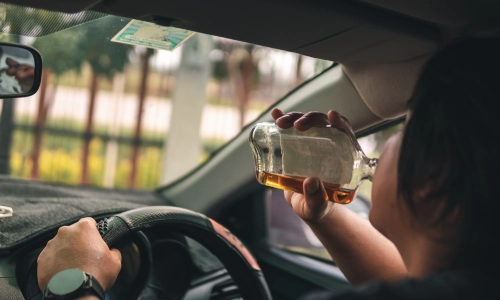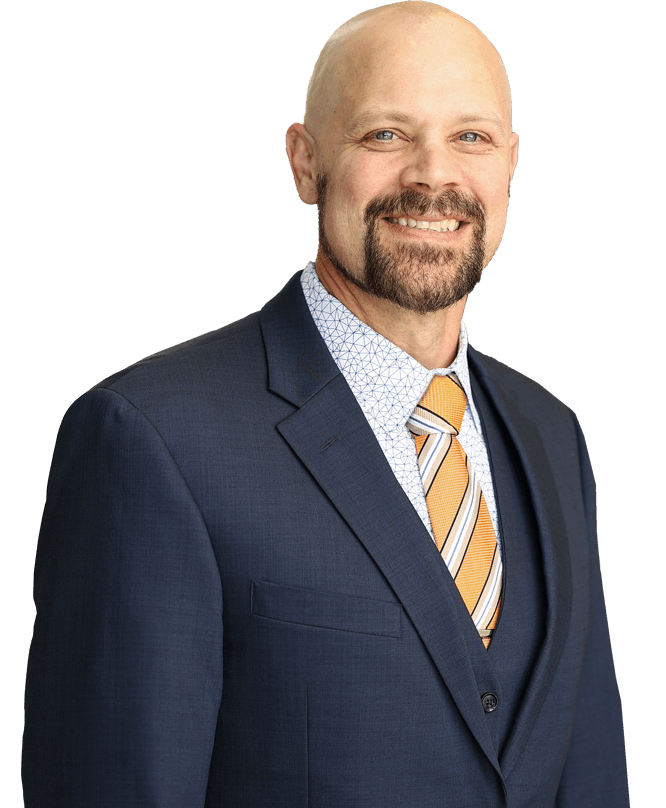Book a Consultation
Find out why so many clients appreciate the amount of work we put into their case.
"*" indicates required fields
Call 24/7
Many drivers assume their rates stay the same after a not-at-fault accident, but that’s not always the case. Depending on how your insurer evaluates risk and how Utah law applies, your premium may still increase, even if someone else was at fault for the crash.

By understanding the factors that influence premium adjustments, you can proactively take steps to mitigate increases, such as improving your driving record, seeking discounts, or shopping for new policies, ultimately ensuring you get the best value while staying protected on the road.
Insurance companies don’t just consider fault when evaluating whether to raise your premiums after an accident, but they also assess your overall risk profile. From their perspective, being involved in any accident, even one where you weren’t at fault, can signal a greater likelihood of future claims.
This is because statistics show that drivers who have recently been in a crash are more likely to be involved in another one, regardless of the circumstances. Even a non-chargeable accident may trigger adjustments during insurance underwriting after a collision, especially if your provider emphasizes statistical risk over fault alone.
As a result, some insurers use accident involvement as a risk indicator. Even if the other driver was clearly responsible, your presence in the incident may prompt the insurer to reevaluate your likelihood of future losses.
That perceived increase in risk can trigger a premium hike, notably if your policy lacks accident forgiveness or if you’ve had prior claims.
Utah uses a modified comparative negligence system. The at-fault driver’s insurance typically pays, but even partial fault on your part can impact your claim and your rates.
This means even a not-at-fault accident in Utah may still lead to an auto insurance rate increase depending on how your insurer interprets Utah’s comparative negligence rules.
Statistics suggest that drivers involved in a crash are more likely to be involved in another, which leads some insurers to reevaluate your risk profile. This perceived increase in risk can trigger a premium hike, especially if your policy doesn’t include accident forgiveness or if you have a history of prior claims.
While it may feel unfair, being involved in a not-at-fault accident in Utah can still have a measurable insurance impact, particularly if your carrier’s risk model relies heavily on statistical likelihood rather than legal fault.
Yes. Some companies still impose a claim surcharge, even after a not-at-fault accident, citing the increased likelihood of future claims.
This is where distinctions between “no-fault” and “at-fault” states become blurred in underwriting practices. However, Utah law requires insurers to justify rate increases based on actual risk data.
Adjusters use police reports, witness statements, and accident reconstruction to assign fault. Even if you aren’t ticketed, your insurer may assign partial liability and raise your rate accordingly.
Your claims history and driving record also play a role.
Utah accident insurance laws do not prevent insurers from adjusting rates based on risk models, even if legal fault lies elsewhere. Understanding how property damage liability and comparative negligence intersect with underwriting is key.
Under Utah Code § 78B-5-818, if you’re less than 50% at fault, you can still recover damages, but your insurer may still raise rates if you’re found partially liable. The closer you are to that 50% threshold, the more likely you’ll see a premium adjustment.
Even if you weren’t at fault, you should always report the accident to your insurance company. Failing to notify them could violate your policy terms and jeopardize coverage, especially if new information later changes how fault is assessed.
Provide complete and accurate documentation, including the police report, witness information, and any photos or videos from the scene. This helps your insurer build a clear picture of what happened and protect you from unfair liability assignments.
It also positions your carrier to defend against possible rate increases or disputes from the other driver’s insurer.
The best way to prevent or minimize a rate increase after a no-fault accident is to be proactive. This means understanding your policy, recognizing the factors that affect your rates, and taking steps to prevent an accident from happening.
Review your policy regularly to ensure you have the necessary coverage, such as accident forgiveness if available. Consider enrolling in programs that reward safe driving. By being informed and strategic, you can better position yourself to avoid or lessen the financial impact of a premium hike, even when an accident isn’t your fault.
An auto insurance rate increase can stem from multiple factors, some beyond your control. Recognizing how insurers evaluate a claim surcharge, and how your claims history and rate hikes relate, helps you stay prepared even when the accident was not your fault.
Enrolling in a defensive driving discount program may help reduce your car insurance premiums after an accident, especially if your provider uses telematics or safe-driving metrics.
Many insurers offer accident forgiveness for the first incident, especially if you’ve maintained a clean driving record. Enrolling in safe driver programs or telematics tracking can help offset any potential increases in insurance costs.
If your premium increases, contact your insurer and ask for a detailed explanation. You may also file through your insurance company’s appeal process if you believe the increase was unjustified, especially in cases involving a non-chargeable accident.
Not every accident demands legal intervention, but some do. Knowing when to contact a Salt Lake City car accident lawyer can make the difference between a fair settlement and walking away with less than you deserve.
A Salt Lake City car accident lawyer can also help if your car insurance premiums spike unfairly after an accident, especially when the accident was not your fault and you’re dealing with disputed claims.
Disputing fault or navigating a challenging insurance company may require legal assistance. Our attorneys at Valley Law Accident & Injury Lawyers can investigate the accident, gather evidence, and negotiate with insurers to protect your rights—and your wallet.
If you were involved in a crash in Utah and are concerned about your insurance rates, call Valley Law Accident & Injury Lawyers. We offer free consultations and only get paid if we win your case.
Don’t let a no-fault accident leave you with unexpected premium hikes or an unfair settlement. Take control of your situation by understanding your rights and the options available to you. Review your insurance policy, look into accident forgiveness programs, and consider proactively seeking guidance from legal professionals if you’re facing resistance from insurers or complex liability disputes.
If you’re in Utah and your insurance rates have increased after a not-at-fault accident, or if you’re struggling with an uncooperative insurance company, don’t hesitate to seek professional advice. Contact Valley Law Accident & Injury Lawyers today at (801) 810-9999 for a free consultation.
We’re here to help you navigate the complexities of insurance claims and fight for the fair outcome you deserve.
Get in touch


2021 and 2022 Gold Winner for Top Law Firm by Salt City Best
Call 24/7 801-810-9999